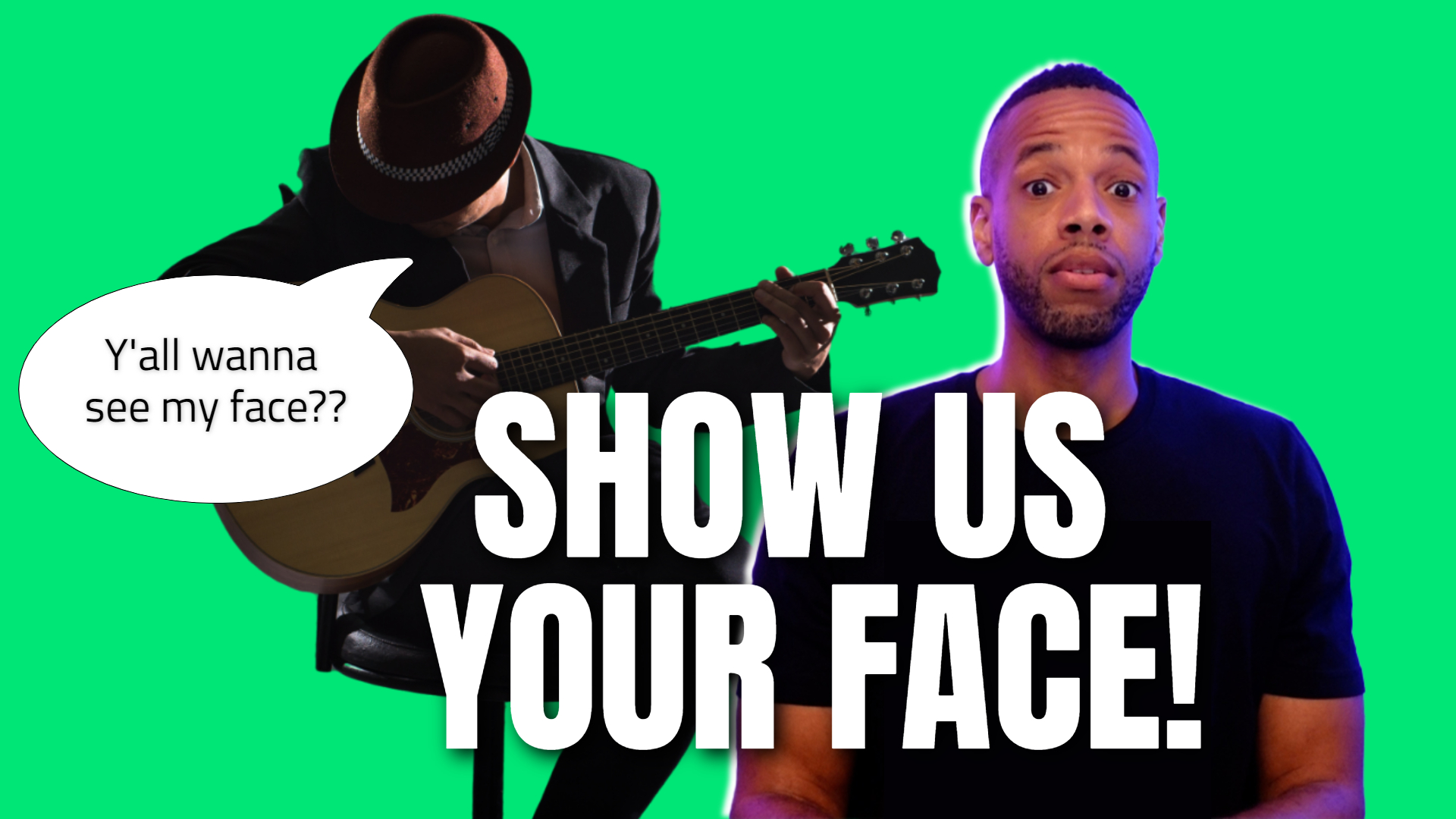Music Resume Ultimate Guide: Free Samples & Templates Included

*This article may contain links to affiliate products & services. We have reviewed these services to try and ensure the highest quality recommendations*
Written by Ramsey Brown.
As a college student who intends to be recruited into a field such as music, certain things are crucial in order to land your dream job. Arguably one of the most important things of all is having a killer resume. We all know that resumes are a digital representation of your work history, work ethic, and overall potential as an employee. However, your music resume is quite different from any other resume in the career field.
Some things have to be included in your music resume to make you a successful applicant. This includes information about your music skills, experience, and a detailed account of who you are or what you wish to achieve in your music career. We know it can be a difficult and time-costly task to create a resume, so we’re going to dive into what exactly a music resume is and how you can make one to stand out from other applicants in the highly saturated music industry.
What is a Music Resume?
A music resume is a specific type of profiling that is designed specifically for musicians. As an artist or musician, this serves as your professional identity in a digital space, as it is the first contact your potential recruiter or employer would have with you. In this regard, a well-optimized and appealing resume could get you shortlisted for a job in the music field.
However, it’s important to note that if you are a musician and already have a regular resume, that does not pass as a music resume. This could be the reason why you have not landed an interview or the job of your dreams.
When building a music resume, your intention should be to create one that passes any applicant tracking system (ATS). This will give you more digital visibility and a better chance to get hired for the job you are applying for. A resume is your main opportunity to impress a recruiter without meeting them, so it needs to be created articulately.
You may be wondering what differentiates a music resume from a regular resume. Well, the music aspect is included. Your experiences included in your music resume have to be from a music-related job or employment, while the regular resume doesn't give room for that.
Steps to Building a Music Resume
Building a music resume is similar to what happens in music, as it requires the same pattern as you would have in a chord progression. To have a music resume that complies with the ATS system, you have to pass three stages:
Stage One: Master Music Resume
It’s okay to not be a resume guru with your first try. Great resumes require a lot of practice and multiple edits will be made throughout the entire process. The first step of creating your resume is called the master music resume. It’s important that you take this stage seriously, as it is the foundation that other stages are built upon.
You are expected to gather up all information related to your musical career during this stage, despite how relevant or irrelevant it seems. Here, it is important to include the following information:
Current or most recent music projects. If you don’t have any, list the most relevant past projects.
Music education including courses, programs, colleges, and classes you’ve attended.
Type of music expertise you have and are seeking to be hired for.
Different music skills such as playing piano, guitar, violin, production, etc.
Performance experience & number of years of experience.
Music awards, achievements, or honors.
Previous music jobs or internships.
When compiling information to include in your master music resume, make sure you place everything in a current timeline. Put the most recent info first and then place all info that is of greater importance higher to the top of the resume.
Also, incorporate any future updates into the resume. This is another distinct advantage of creating a master resume for your music. With the various information already available, it becomes much easier for you to constantly update the information by just returning to the original master music resume for edits.
With that being said, make sure you are continuously updating your resume and adding in new details when something significant happens in your music career. The master music resume is important as it ensures that your final resume has enough information to get you any music-related interview.
Important Note: Make sure you save your master music resume as a word document, or any other file that can be edited before making further changes or saving it as a PDF. You will want to keep every version of your resume on file, so you can go back for reference. It’s recommended that when you make updates to your resume, you save it as an additional copy along with the pre-edited version. It also helps to save and name the resumes by date, so you know what your most recent edit was.
Stage Two: First Music Resume Draft
Once you have all the information needed to be placed in the master music resume stage, you are able to move on to the structure and outline portion of the resume. As the second stage of building the resume, ensure that you have the following headings as the final product:
The header.
Personal data.
Title of the profile.
Objectives or summary.
Key functions.
Education qualifications.
Professional certifications (optional).
Any additional information.
The naming of the sections does not have to be placed or used in these same words, but rather conveys the same idea. Make sure that whatever information you place in the sections is correct, relevant to the job, and that you have backing to prove that your resume is credible.
Stage Three: Revision/Last Music Resume Draft
After passing the first three stages, you are now set to have your music resume sent out to potential recruiters. However, you would still need to go through the contents and the sections to confirm the information is grammatically correct and instrumental.
Two major things should be part of this final stage of building a resume as a musician:
Organize the area for your key skills: There is a reason why this section has to be written after you have gone through the entire contents of your resume. Once you are done writing, your key functions are easy to point out and highlight rather than just starting. So, you are to review your resume to ensure that the key functions are correct and well-packed.
Organize the objective or summary section: What determines if you write the objective of your music resume or the summary is the number of work experiences you have to put up. The more work experience, the easier it is for you to simply put out a summary, but the other requires an objective. Just as highlighted earlier, this can only be well written after the last draft.
It’s also helpful to have multiple friends or colleagues look at your resume for you to proof-read the final product. Oftentimes, other people will catch errors that you didn’t, or know something about you that you forgot to include.
Tips on Building a Music Resume
A well-structured and well-written music resume can get you one step closer to securing the job of your dreams. Here are some tips that will help you ensure that your music resume meets and exceeds the expectations of anyone who will be looking at it:
Information is Role-Specific
Any resume you have should be tailored to fit the position you are applying to fill. For example, if you are applying for a music teacher position, it should show more experience and instances of where you taught music. The same tactics should be applied for any other positions. What this does is highlight how suitable you are for the particular job you are currently applying for.
If you are a college student seeking out a position, make sure you include that information in the resume. In order to get a better result, discuss how you plan to apply your college experience to your future career and also what your goals after college look like.
Include Most Recent Information First
As a rule of thumb whenever you are preparing a resume, your most recent information must come first. This means putting your current or more recent job before the one you had several years back. By doing this, the recruiter would see that you have a more recent level of exposure in the field that you are applying for.
This rule also applies to how you list out your certifications and educational qualification. As a college student, state your ongoing education degree first and include your expected graduation date.
Write Like a Potential Employer
One major challenge in writing a music resume is that job seekers often write it from their perspective, which could be limiting. So, whatever way you are structuring your resume, try to put in perspective the standpoint of a potential employer.
Highlight your skills and describe your experiences in a comprehensive way that would interest that specific prospective employer. Additionally, keywords found in the job description or on the company’s website should be included into the resume body. This alone could allow your resume to stand out from those of others applying for the same job, and shows you have done the research and are willing to put in extra effort.
Make it Brief
As much as your music resume needs to be packed with information, understand that the recruiter has limited time to spend on a resume. On average, employers spend less than 10 seconds skimming a resume, so make sure your details are short, sweet, and straight to the point.
So, evaluate the information that you have put down in your resume and make sure all information is relevant to the position. The golden rule is that a resume should always be one single page. Make sure everything you have written is the most important and impressive details about you, and is covered in one page only.
Select a Professional Outlook
Among other college students or applicants sending in music resumes, you can impress your recruiter by presenting a professional outlook. This comprises the structuring, font style and size, and the letterhead.
Ensure that whatever font style you apply stays consistent throughout the resume and also the cover letter. You’ll want to make sure the font you're using is normal and professional looking, such as Arial, Calibri, Helvetica, or Times New Roman.
The text should also be seamless, so be mindful of your margins and the heading and footing of the page. There are plenty of free resume templates that can be found online, on Google Docs, or Microsoft Word. Take advantage of these outlines because they will help you format your resume easily and professionally.
Check out some of the free resume samples and templates below:
In all, ensure that at the top of the page you have included your contact details such as your name, address, phone number, and email. Depending on the job you are applying for, you may also want to include links to your music pages, but this is not always necessary. Make sure this info is correct and easy to read, because this will determine how the recruiter will provide feedback about your job application.
Wrapping Up
A music resume cannot be over-emphasized as a college student who intends to get employed as a musician or artist. When a music resume is well-structured, it helps you digitize your profile for potential employers and will ultimately increase your job success rate. By using this guide full of tips, tricks, and free resume templates, you’ll be on the fast track to getting the music industry job of your choice!
When your song is ready to go, it's time to start promoting it to potential fans! Omari has the best organic promotion services money can buy. With packages for Spotify, TikTok, Instagram, and YouTube, we will get your music the traffic and attention it deserves! Click below for more information.
SPEAK YOUR MIND
How This INDIE Artist Got Over 67,598,275 Streams On ONE Song
Join the No-Nonsense Music Marketing Newsletter to get the most valuable weekly case studies and strategies to grow your music business!




